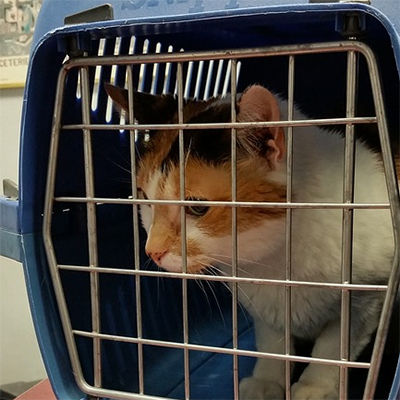How to Avoid Bankruptcy By Vet: 5 Costly Vet Bills and How To Avoid Them
 It probably isn’t news to you that the average American spends between $400 and $600 on their pets annually, with that number growing every year. But there are some expenses that can drive your pet budget the roof. High veterinary bills can be scary things for pet owners, new and old. Every year, pet owners go into debt from their pet bills or are forced to surrender their pets when they cannot pay for care. So how can you avoid pricey procedures for your pets? We have rounded up the five most costly vet procedures and tips for how to avoid them.
It probably isn’t news to you that the average American spends between $400 and $600 on their pets annually, with that number growing every year. But there are some expenses that can drive your pet budget the roof. High veterinary bills can be scary things for pet owners, new and old. Every year, pet owners go into debt from their pet bills or are forced to surrender their pets when they cannot pay for care. So how can you avoid pricey procedures for your pets? We have rounded up the five most costly vet procedures and tips for how to avoid them.
Dental emergencies
Most costly dental procedures can be avoided by preventative care and routine maintenance. Regular home care, including giving your pet food that is good for their teeth and brushing their teeth regularly, combined with adequate preventative care at the vet and a pet teeth cleaning can lessen the chances of conditions in cats and dogs that require serious and costly treatment.
Feline Urinary Obstruction
Although this condition can be unavoidable in some cats, especially male cats, certain actions can help you reduce the risk of it popping up. Feeding your cat wet food in place of or in conjunction with dry food, reducing stress, and bringing your cat to the vet as soon as you notice trouble with urination can help you to avoid emergency surgery.
Foreign Body Ingestion and Obstruction
During the course of their lives, it is likely that your cat or dog will eat something that they should not—after all, you can’t watch them at all times. But try to pet-proof your home to reduce this risk. If your pet seem to chew on the same thing again and again, make sure not to leave it lying around where they could swallow it when you’re not looking.

Pyometra/Mammary Tumors
Pyometra is a condition in which a female cat or dog’s uterus fills with pus. Both this and mammary tumors can be easily avoided if you spay your cat or dog early; nearly 100% of mammary cancers occur in dogs and cats who were never spayed or spayed after the age of two.
High Rise Syndrome
Did you know that 90% of cats who fall between 2 and 32 stories survive? Cats really do have 9 lives. That being said, most of these cats still suffer traumatic injuries, including jaw fractures, chest trauma, and broken legs. These injuries require costly surgical intervention. It is easy to avoid these injuries—just make sure to secure your windows and safety screens so that curiosity does not kill your cat!
The bottom line is that regular preventative screenings can help you and your vet to catch issues before your pet becomes seriously ill. You might not want to pay for an annual vet visit when your pet seems healthy, but establishing your pet’s baseline health goes a long way toward preventing future problems.